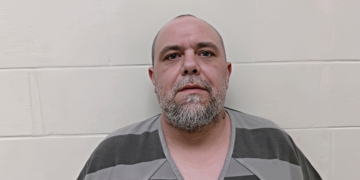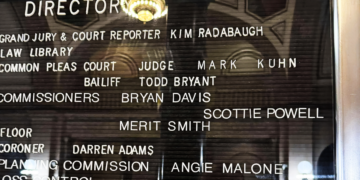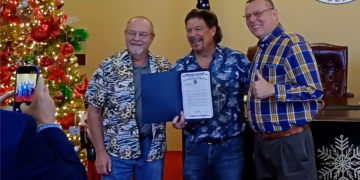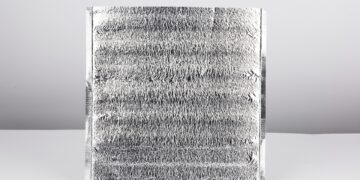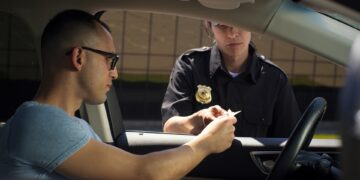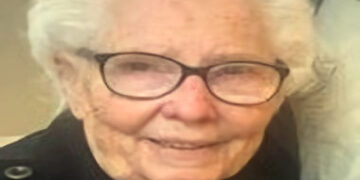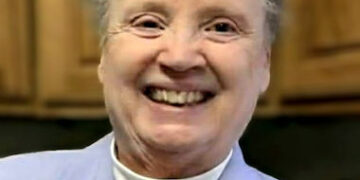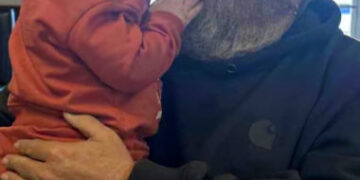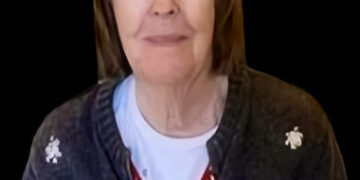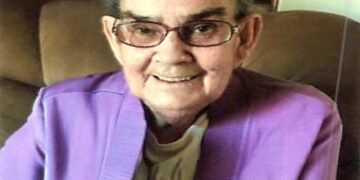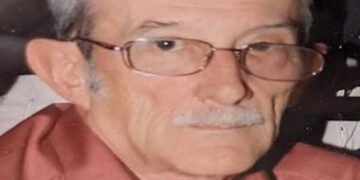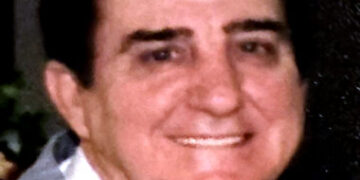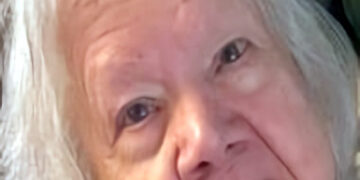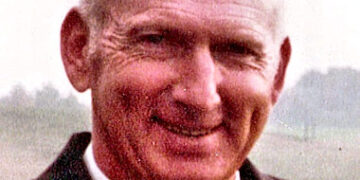One of Ohio’s top experts explained the science behind Governor Mike DeWine’s false-positive test for COVID-19.
Yesterday, Governor DeWine went to Cleveland to meet with President Trump. A rapid-response COVID-19 test was administered to DeWine ahead of his meeting with the President. That test came back positive. DeWine returned to Columbus and called Dr. Peter Mohler is the chief scientific officer at OSU’s Wexner Medical Center.
Dr. Mohler suggested DeWine take a different kind of test. The Governor, First Lady Fran DeWine, and others who work closely with them were tested. Governor and Mrs. DeWine headed home to their Cedarville farm to begin quarantine.
“Fran made chicken and rice soup. We thought we were in for the long haul.”
A few hours later, DeWine said he was notified the second test was negative. “We were obviously pretty happy about that.” As a precaution, doctors ran the test again. That test was also negative. Just before 10 pm last night, the Governor announced the results on social media. DeWine called Thursday “a roller coaster” and said President Trump called to see how he was doing.
The flip-flop on test results caused many people to question the accuracy of the test. DeWine held a special Friday briefing from his farm to address that question. He asked Dr. Mohler to explain.
A High-Powered Telescope vs. Binoculars
Dr. Mohler said that the difference between the antigen test DeWine took in Cleveland and the PCR test administered in Columbus was like a high-powered telescope vs. a pair of binoculars. Mohler broke down how the tests work:
Rapid-response antigen tests are fairly new. They detect the proteins on the surface of the virus and not the specific COVID-19 virus itself. These proteins are also part of other, mostly harmless, types of Coronaviruses. Dr. Mohler said this test is like using a pair of binoculars to look for stars in the night sky. “You will have false positives and false negatives. If you’re using binoculars, you’re going to miss some stars.”
PCR tests have been around for thirty years. These tests look at the virus on a molecular level. According to Mohler, “It looks at the genetic makeup of the virus and can detect very low viral loads.” He said PCR tests are almost 100% accurate. “The disadvantage is that it’s hard to do a lot of it. Only specialists can do a test. When we get a result from a PCR test, it’s similar to looking to a star with a high-power telescope. You get very good results.”
Reliable Results
Governor DeWine said many Ohio emergency rooms use quick-response PCR tests that are very accurate. He also said that 90% of tests administered in Ohio are the PCR tests.
Dr. Mohler ranked the tests in order of reliability:
- Gold Standard is the PCR Test – this gets a very detailed look at the DNA. That’s the test that virtually everyone who has been tested in Ohio has had. It’s the best and most accurate test in the world.
- Next is the point of care rapid tests in emergency rooms.
- Third, are antigen tests.
Mohler said antigen tests are still fairly reliable. “I will go back to the telescope and binocular view. We may need to improve one. But we need both tools.”
Rethinking Rapid Tests
DeWine admitted this experience led him to reconsider the state’s plan to go in with other states to purchase a large quantity of rapid-response antigen tests from a company in California.








